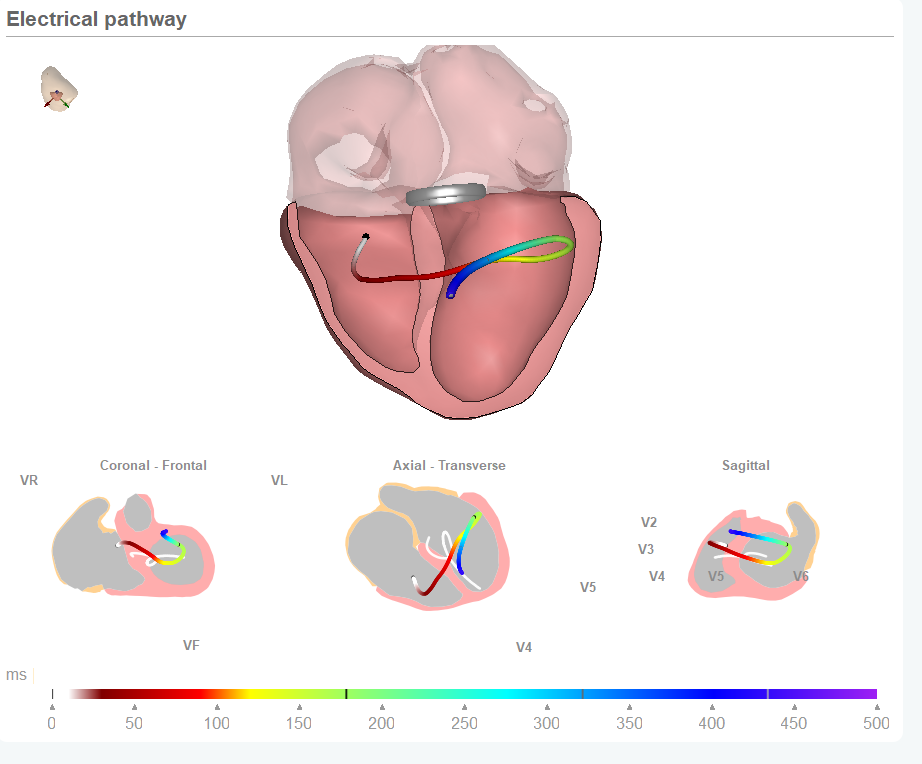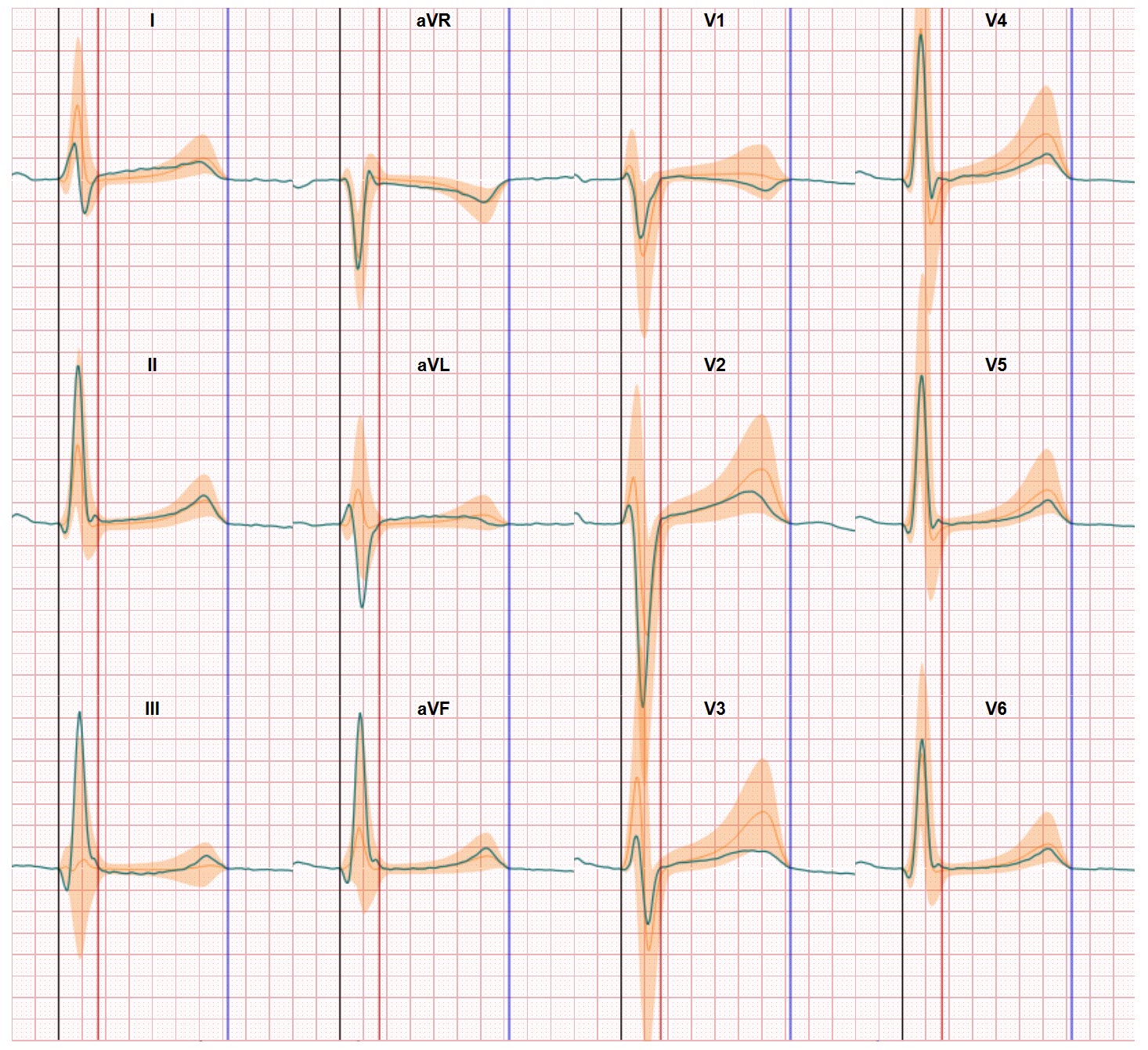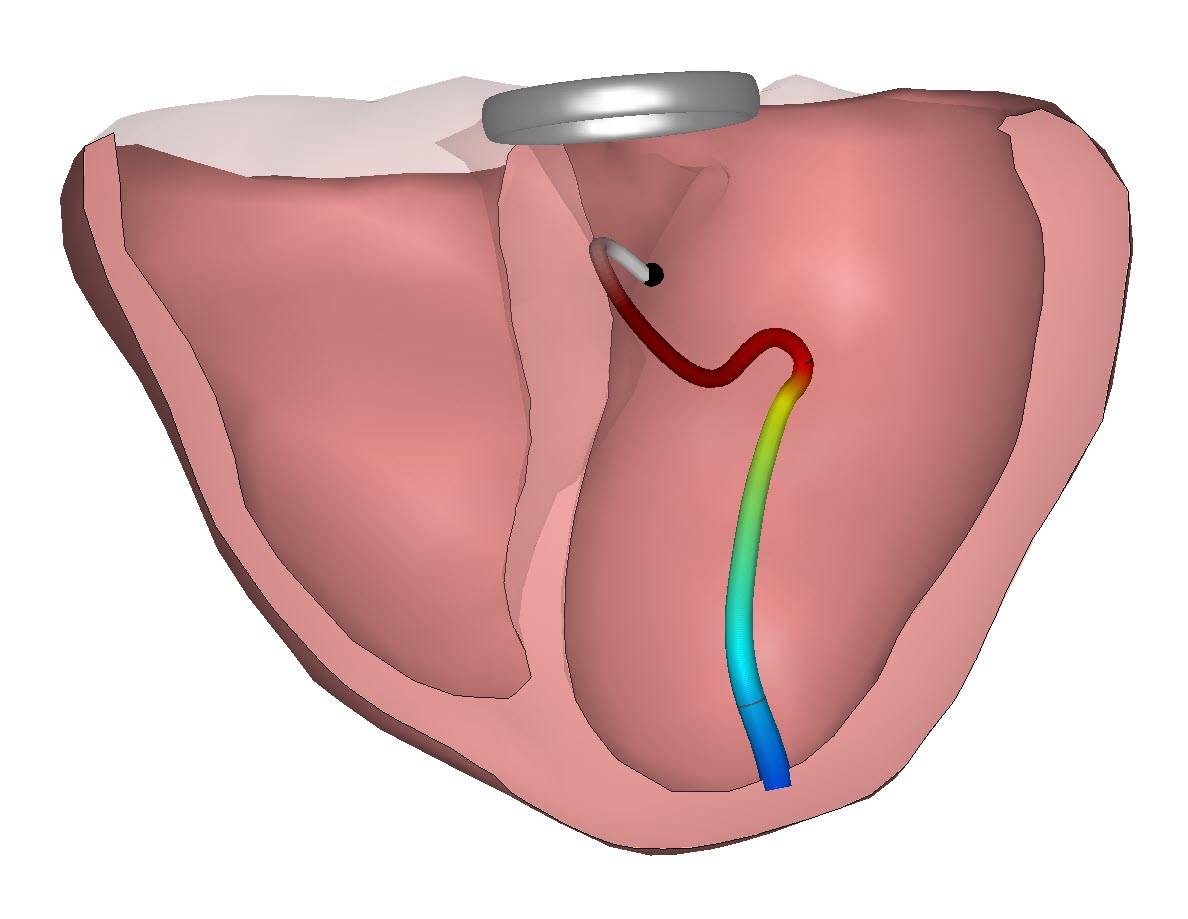Gender differences in the ECG have been on the radar for almost a century but the female ECG interpretation risk needs much more attention. The first observation of these gender differences in ECG were published a 100 years ago by Bazett and his article he stated that women have significantly longer QT intervals than men despite having higher heart rates.
And although these findings were perceived as very relevant using these insights in daily cardiovascular practice is still a challenge.
Some 15 years ago other scientists such as Rautaharju wrote in circulation on the widespread misconception that the ECG is of limited use in women. They argued and demonstrated that the ECG can be effectively used for risk stratification in women.
But their publication also mentions the need for computer-based ECG measurements to convert these findings into daily clinical practice.
In these articles the main focus is detecting the abnormalities in the ECG. And this is actually the main focus in most publications we find regarding the Female ECG analysis. Or the discussion focuses on applying ECG electrodes on the correct positions with women.
What is missing is the discussion regarding the female ECG interpretation risk. A basic question which relates to the issue of what are normal ECG values for women.
The suggestion of Rautuharju regarding the use of computerized ECG analysis tools is valid. Although physicians are aware of the differences in male and female ECG values applying them in daily clinical practice is still cumbersome. As we wrote in our earlier blog. In this blog we discussed our experiment of selecting normal ECGs from a database of qualified ECG data sets (PTB-XL data base).
And despite an almost even balance between males and females in this 23.000 ECGsdatabase (52% male and 48% females) the balance between normal ECG assessment between males (41%) females (59%) was significant.
The presence of female ECG interpretation risk is no fairy tale
In a next step we have derived a normal distribution from these normal ECG values and thus defined a broad amplitude spectrum of what can be considered a normal ECG for both males and females.
And when we confronted the male normal criteria with the female ECG’s the number of identified normal within the database remained more or less equal. Which is not the case when we confront the male ECGs with the female normal criteria from our analysis. More than 30% of male ECGs within the database would be qualified as abnormal in this case.
This is again a warning that female ECG interpretation risk is with us every day. And that we need a careful approach in using computerized ECG analysis. Every day females have the risk of their ECGs being assessed as normal where they deserve a closer look. There’s more to see in the ECG and this type of findings support us in our mission to change the way we detect heart diseases.






